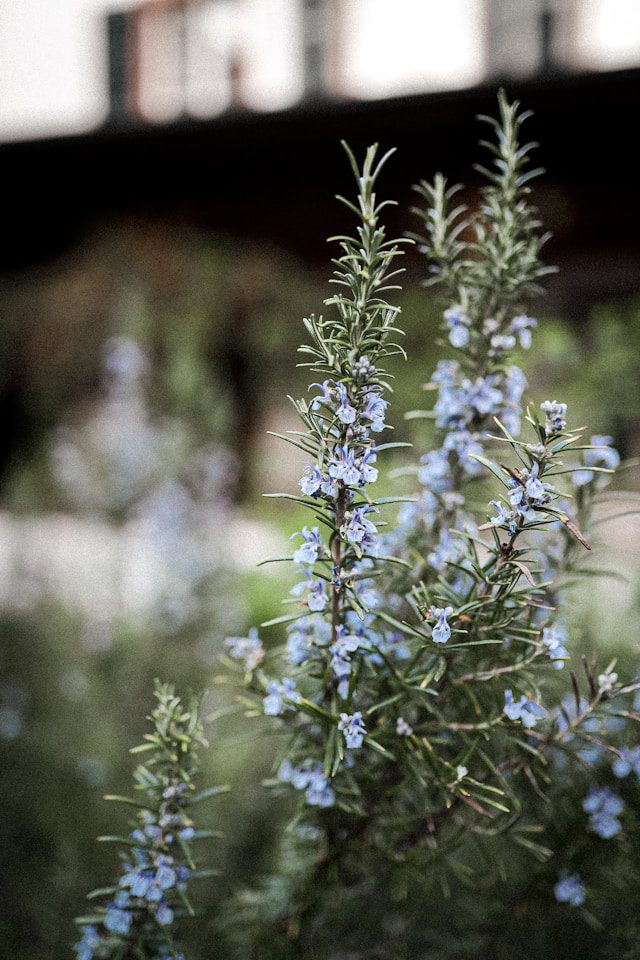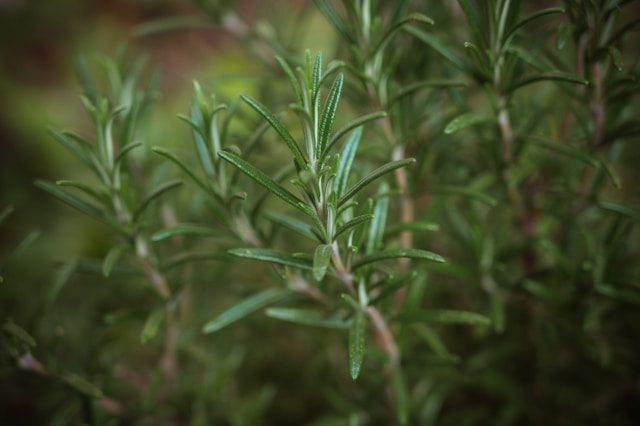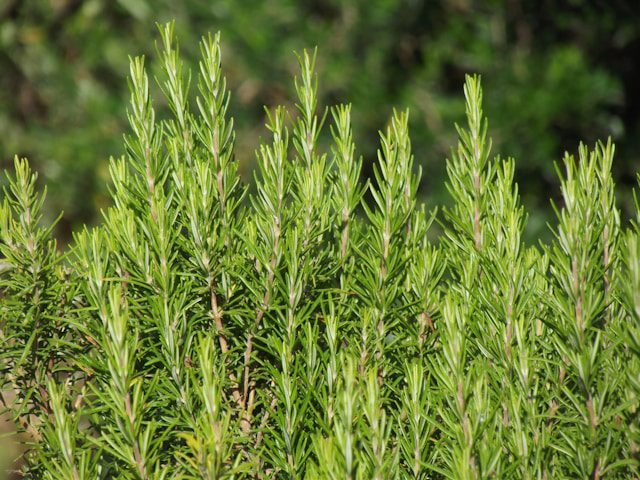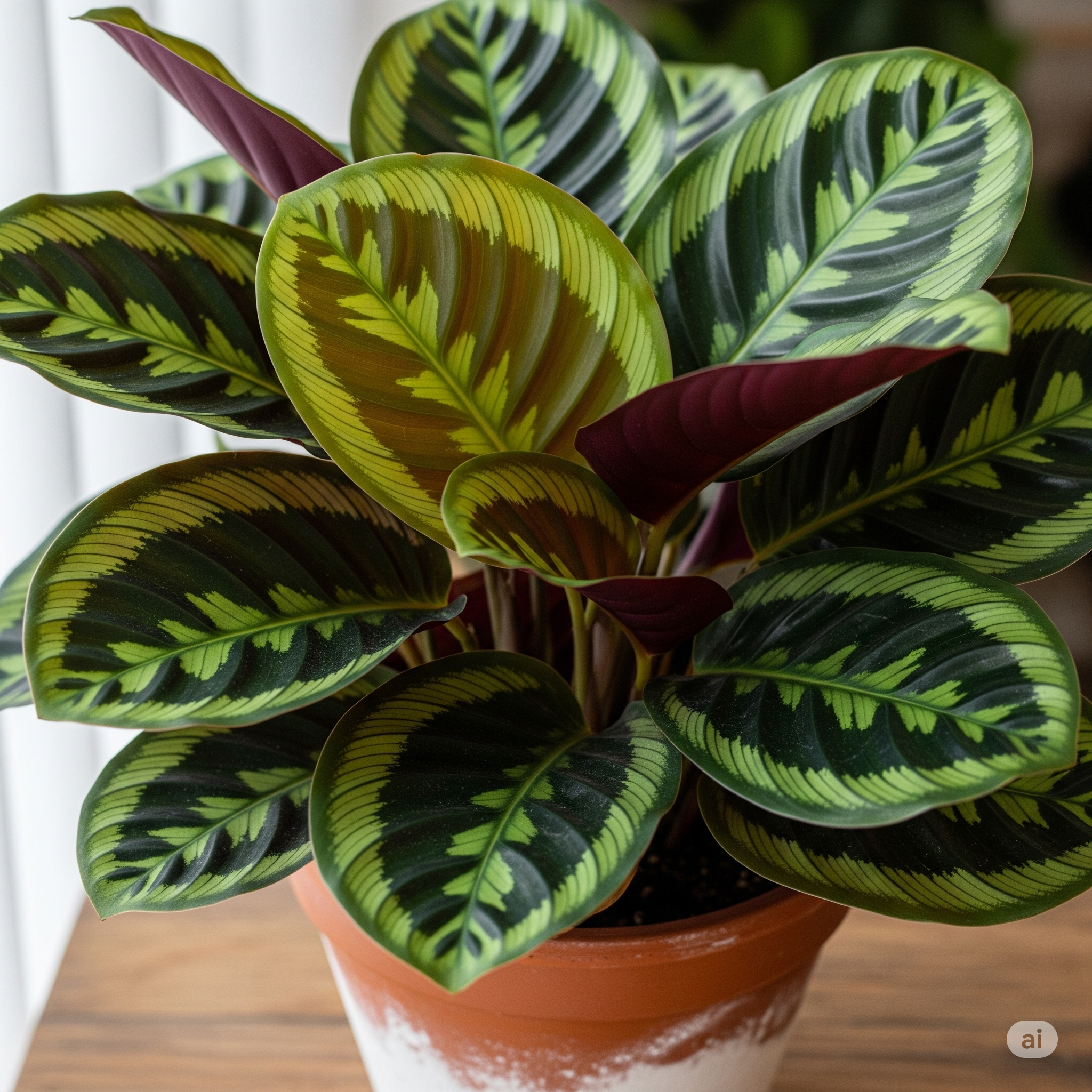Some links on this Website are affiliate links, meaning we may earn a commission if you make a purchase, at no additional cost to you. Please read our full Affiliate Disclosure for more details.
If you’ve been watching your rosemary slowly fade (leaves browning, stems drying out, or the entire plant collapsing for no clear reason), you’re probably wondering why your rosemary plant is dying and what you can do to revive it.

Rosemary is often seen as a hardy, low-maintenance herb, but in reality, it has very specific care needs. When one of those needs isn’t met, it reacts quickly through visible stress symptoms.
The good news? Most of the reasons behind a dying rosemary plant are totally fixable. By understanding what’s causing the problem: whether it’s overwatering, lack of sunlight, root rot, or something else, you can take the right steps to bring your rosemary back to life.
This guide breaks down every common cause in a simple, beginner-friendly way, helps you diagnose your plant, and gives you clear steps on how to save a dying rosemary plant at home.
How To Care For Basil Plant Indoors
9 Common Reasons Why Your Rosemary Plant Is Dying

Overwatering
Overwatering is by far the biggest reason gardeners lose rosemary. Even though rosemary is an herb, it doesn’t behave like basil or mint. Instead, it thrives in dry, rocky Mediterranean soil where water drains quickly. When rosemary roots sit in wet soil for too long, they start suffocating, which leads to fungal infections and root rot.
When your rosemary is overwatered, you may notice the leaves turning yellow or brown, stems becoming soft, or the soil smelling sour or rotten. These are classic overwatering rosemary symptoms, and they can develop surprisingly fast. A rosemary plant can go from healthy to collapsing within days if the soil remains consistently wet.
To fix this, you must remove the plant from its pot, trim away dark or mushy roots, and repot it into a fresh, well-draining soil mix. Place it in direct sunlight and water far less often; usually once every 1–2 weeks, depending on your climate. This gives the plant a better chance of recovering from moisture stress.
How to Fix Wrinkling Snake Plant Leaves | Causes, Fixes & Prevention
Poor Soil Drainage
Even if you’re careful not to overwater, the type of soil you use can still cause your rosemary to decline. Rosemary naturally grows in sandy, gritty soils with excellent drainage. If you plant it in heavy garden soil, clay soil, or a dense potting mix with poor airflow, water gets trapped around the roots. This eventually leads to the same problems as overwatering, yellowing, wilting, and root rot.
For best results, always choose soil designed for sharp drainage such as cactus mix or a blend of potting soil mixed with coarse sand or perlite. Using the best soil for rosemary drainage helps the plant breathe and prevents fungal buildup.
How To Aerate The Soil In A Potted Plant
Lack of Sunlight

Rosemary absolutely loves sunlight. Without enough of it, the plant becomes weak, thin, and more susceptible to pests and diseases. If your rosemary is growing indoors or in a shaded outdoor corner, this might be the primary reason your rosemary plant is dying.
Rosemary needs 6–8 hours of direct sunlight every day. If it gets less than this, its leaves may turn pale, its stems may stretch out, and the plant may stop producing new growth. Moving your rosemary to a sunnier location (near a south-facing window or outdoors in full sun) often leads to a dramatic improvement within a few weeks.
Are Garden Plants Dangerous for Dogs?
Underwatering
Although rosemary is known for being drought-resistant, it still requires consistent watering. If left without moisture for too long, the plant becomes dry, brittle, and begins dropping leaves. The soil may also shrink away from the pot’s edges, making it harder for water to reach the roots.
Signs of underwatered rosemary include crispy leaves, stiff stems, and a completely dry, dusty root zone. To fix this, water the plant deeply until water drains through the bottom, ensuring the roots get a full soak. In severe cases, place the pot in a tray of water for 20 minutes to rehydrate the soil evenly.
Root Rot

Root rot is a fungal disease that spreads when rosemary roots remain wet for long periods. It’s one of the most dangerous problems because it often goes unnoticed until the plant is already severely damaged.
If your rosemary constantly sits in damp soil, or if its pot doesn’t drain properly, this can cause the roots to soften and decay. The plant may wilt even though the soil is wet: a major sign that the roots are no longer absorbing water. The only way to prevent root rot is by maintaining dry, airy soil and watering sparingly. Regularly checking soil moisture before watering is the best way to avoid it.
Fungal Diseases
Rosemary doesn’t often suffer from fungal diseases, but when conditions are humid, shady, or crowded, it becomes vulnerable. Powdery mildew is the most common issue and appears as a white, powder-like coating on the leaves.
This fungal infection weakens the plant, slows growth, and causes discoloration. To treat it, improve airflow, avoid wetting the foliage, and apply natural treatments like neem oil or a gentle baking soda spray. Placing the plant in a sunnier, breezier location usually prevents powdery mildew from returning.
What Plants to Avoid Using Neem Oil On
Cold Temperatures or Frost Damage
Rosemary isn’t frost-hardy. If temperatures drop below freezing, the plant may suffer severe stress or die back completely. The leaves may turn brown or black, stems may droop, and the plant may look as though it collapsed overnight.
If you live in a cold climate, bring potted rosemary indoors before winter arrives. For outdoor plants, use frost cloths or protective covers. A sudden cold snap is often a surprising cause behind a dying rosemary plant, especially in early winter.
How To Prevent Lilac Leaves From Turning Brown
Nutrient Deficiency or Soil Imbalance

Rosemary isn’t a heavy feeder, but extremely poor soil can eventually leave the plant weak and discolored. If your plant hasn’t been repotted in years or if the soil is depleted, you might notice pale leaves and weak stems.
Applying a light, balanced fertilizer in spring is usually enough to restore nutrient levels, but be cautious. The goal is to refresh the soil rather than heavily feed the plant.
Pest Infestations
Although rosemary is generally pest-resistant, indoor plants or weak plants are more likely to develop issues with aphids, spider mites, whiteflies, and other sap-sucking insects.
These pests cause curling leaves, sticky residue, tiny webs, or yellow spots on the foliage. Since pests thrive on stressed plants, improving overall care and increasing sunlight makes rosemary more resilient. Rinsing the plant and applying neem oil helps control infestations quickly and safely.
FAQs
1. Why are my rosemary leaves turning brown?
Brown leaves usually indicate either underwatering, overwatering, or exposure to extreme temperatures. Check the soil moisture and recent weather changes to diagnose the cause.
2. Why is my potted rosemary dying indoors?
Indoor rosemary often struggles due to low light, poor airflow, and too much watering. Move it to the sunniest possible location and water only when the top of the soil dries out.
3. Can rosemary come back after drying out?
If the stems are still green on the inside when scratched, there’s a good chance the plant can recover. Adjust the watering schedule and place it in full sun.
4. How do I revive overwatered rosemary?
Remove the plant from the pot, trim any rotted roots, and repot with dry, well-draining soil. Reduce watering and give the plant plenty of sunlight.
5. What causes powdery mildew on rosemary?
Powdery mildew thrives in humidity, shade, and poor airflow. Improving sunlight exposure and using natural antifungal treatments usually eliminates it.

